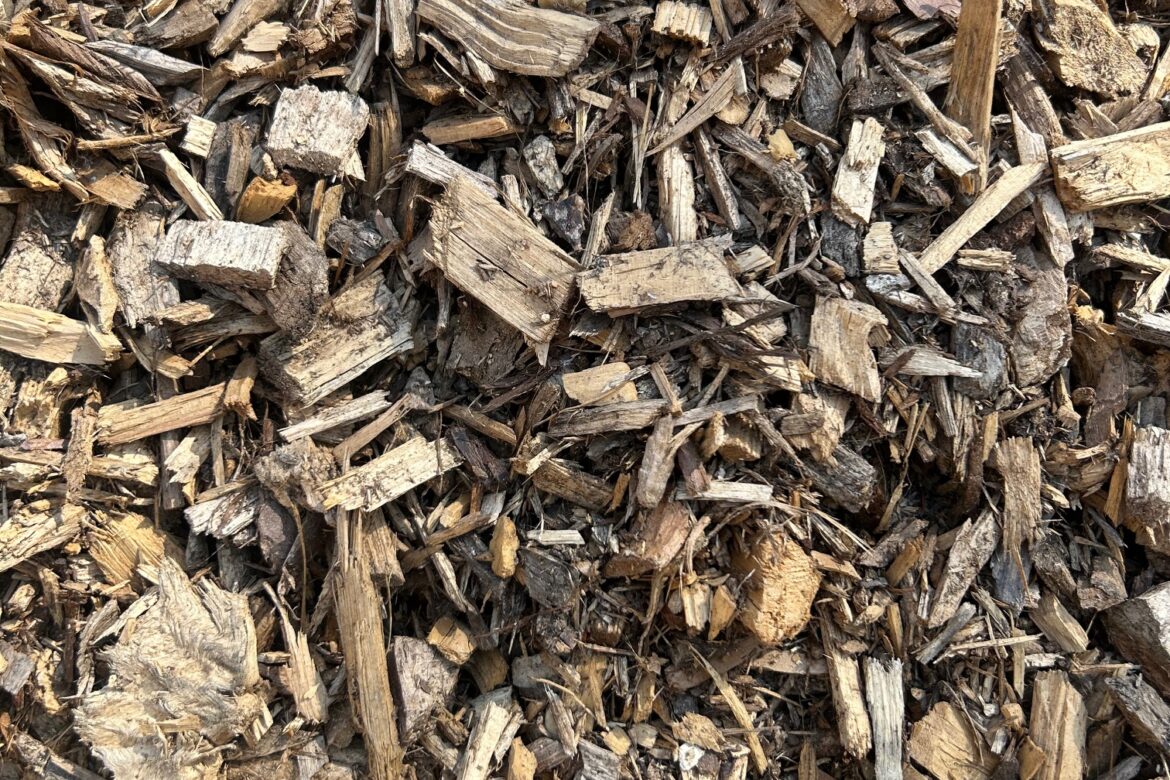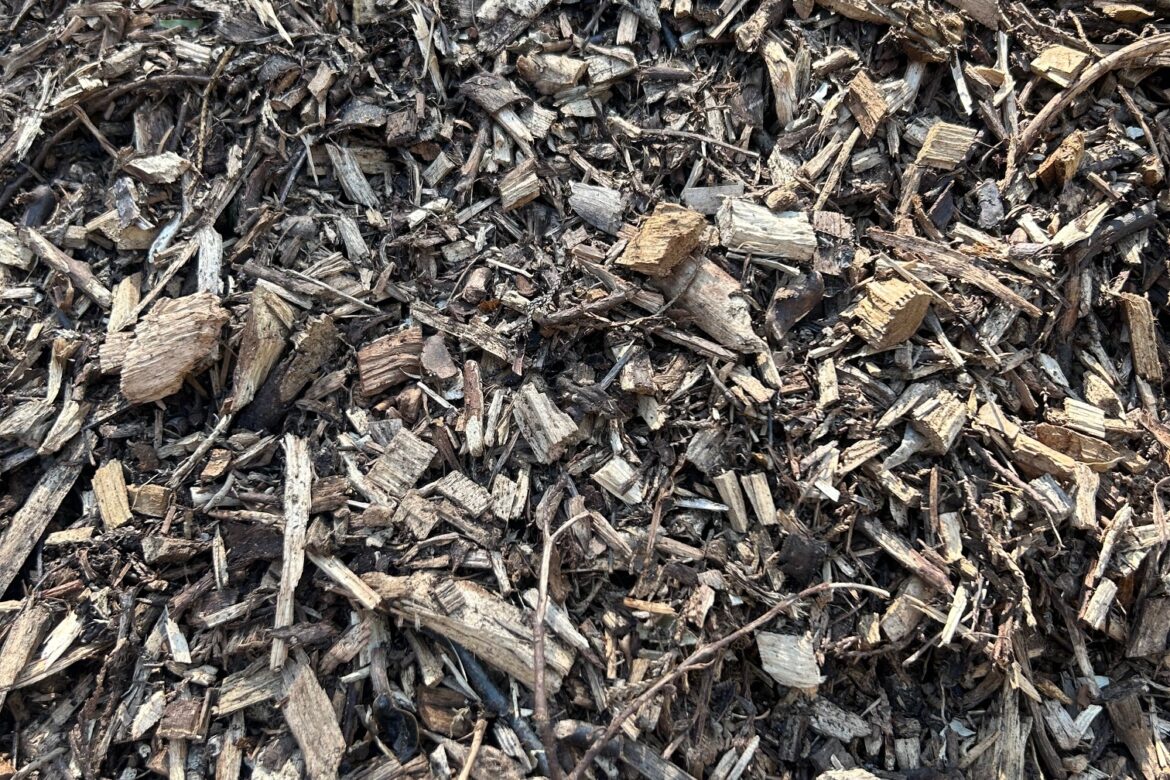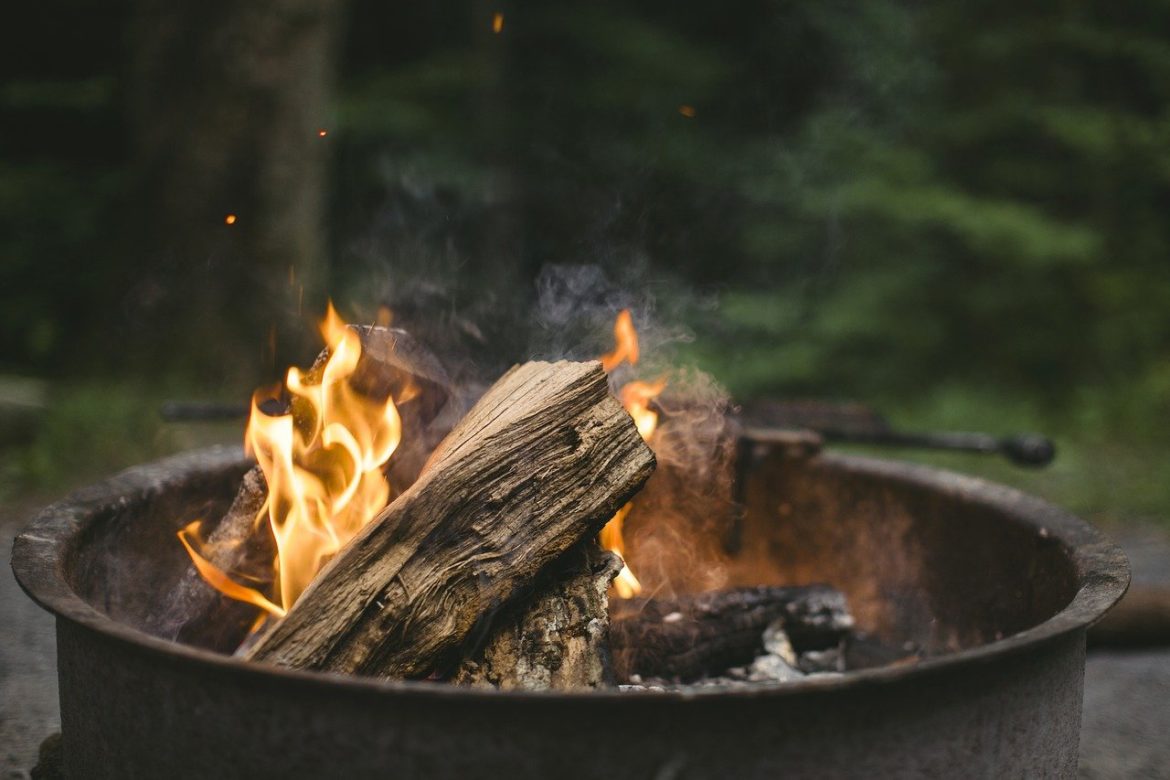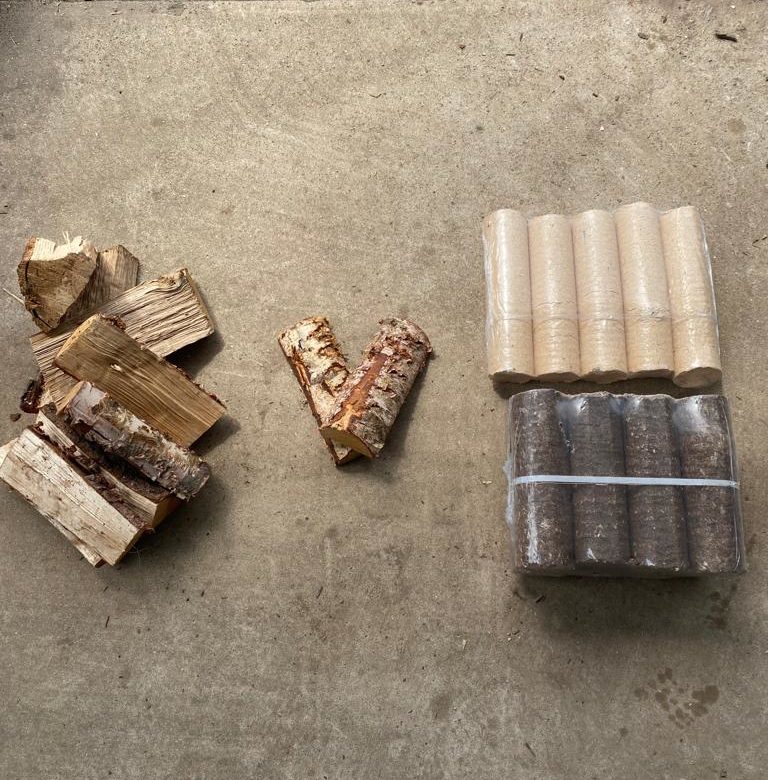Consistency
There is much less variance in quality and performance in briquettes than in logs. This is mainly due to the manufacturing process used in briquette production. It’s very standardised-the same sawdust is used, the same hydraulic press is used, applying the same compression forces over and over again. It is a simple, mass-produced product with very little noticeable difference in performance. Logs are inherently different as they are effectively in their virgin form-albeit they have been artificially dried. The main difference in heat released and burning characteristics is the species type. An equally dried and identical size ash log will burn very differently from an oak log. With our bulk bag of mixed species hardwood logs there will be some variance in size and shape and there can be as many as 10 different species of hardwood log in our bags. So, your fire will always be great as we kiln-dry our logs but you may notice subtle differences from one night to the next as you burn different species of hardwood. If its consistency in flame and heat output you want, go for briquettes, if you like a bit of variation and interest go for the mixed species hardwood bulk bags.
Score: Logs 0 Briquettes 1
Value for money
There has been much debate about what is the best value- logs or briquettes? One briquette will cost more than one log, but that briquette will produce more heat and burn for longer than one log. So how do you go about comparing the two fuel types? By using the two fuel types exclusively over a period. Buy a pack or two of briquettes, note what you spend and how long they last. Do the same for a bag of logs and make your own mind up! My feeling is that in the long run there is no outright winner. Both fuel types, broadly speaking offer about the same value for money. Lots of customers I speak to will use a mix of both. It is rare that I speak to someone who only uses briquettes, but its very common for customers to only use logs. I personally use logs for the initial heat early in the evening then I add some briquettes to a nice hot fire to provide a longer, slower release of heat into the late evening and early morning.
Score: Logs ½ Briquettes ½
Heat released
A good quality briquette is basically a concentrated source of heat energy waiting to be released. It’s way denser than an average hardwood log, and as density is one of the major factors in heat output it’ll always out perform an individual log. My best guess is that one of our Volcano or Blaze briquettes are roughly equivalent to 3 of our kiln dried hardwood logs.
Score: Logs 0 Briquettes 1
Ambience
The briquettes produce a very consistent, uniform bright flame. But there is no substitute for a real log fire. With a traditional log fire there is loads more variety in flame type, burn rate and smell. The aroma produced by logs burning is amazing. So, in terms of ambience and atmosphere you can’t beat a real log fire.
Score: Logs 1 Briquettes 0
Environmental impact
Briquettes burn at a very high temperature due to their extremely low moisture content, so it’s thought that they release fewer damaging particulates than logs. There are no adhesives or bonding agents used to create the briquettes so it is purely sawdust and/or bark that is burning. The hydraulic presses used require certain amount of electricity but the raw material used is a by-product of the log processing machines so in a way it’s a really great way of utilising a waste material and repurposing it into a very useable product. Logs, if sourced from sustainable, responsibly managed forests do not have a huge negative environmental impact. The logistics involved in shipping this product from overseas into the U.K is not ideal by any stretch but in essence it is a natural, renewable form of heat that’s been utilised for thousands of years.
Score: Logs ½ Briquettes ½
Storage
Briquettes win this battle hands down. Much easier to stack and store and much less bulky than logs. The only disadvantage is they are quite heavy due to their density.
Score: Logs 0 Briquettes 1
Ease of lighting
Logs win this battle! Both fuel types need kindling and firelighters to get them going but logs (if properly kiln dried) will ignite easier than briquettes. The trick with briquettes is to break one down into 3 or 4 pieces and lay them on top of some kindling. This will help get everything roaring.
Score: Logs 1 Briquettes 0
Overall: Logs 3 Briquettes 4



